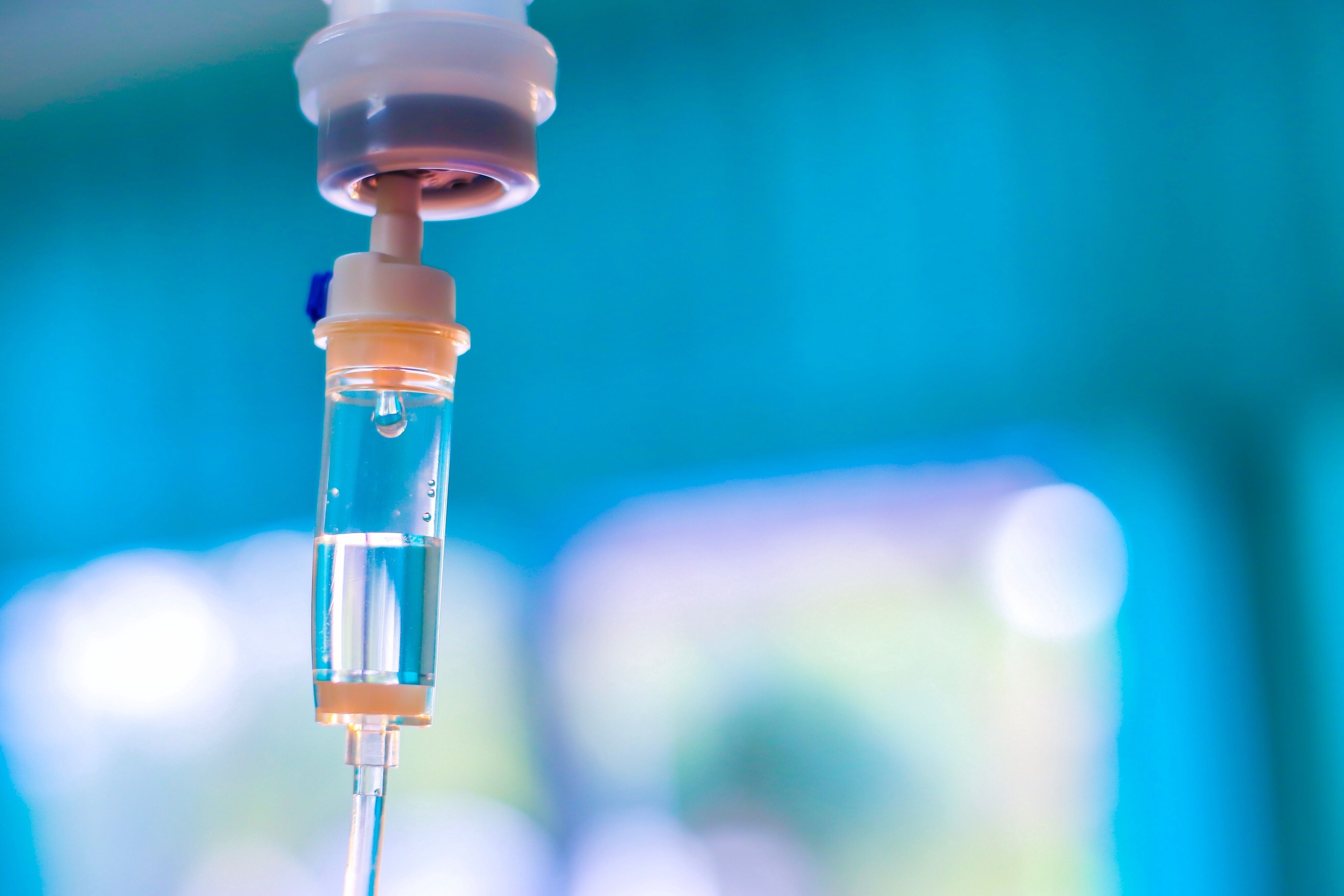News
Article
Adriamycin for Hodgkin Lymphoma May Increase Breast Cancer Risk
Author(s):
Treatment of Adriamycin, a type of chemotherapy, may be linked with breast cancer in Hodgkin lymphoma survivors, a study showed.
An association between Hodgkin lymphoma and breast cancer has been made due to a certain type of chemotherapy, researchers found.

Survivors of Hodgkin lymphoma who have received Adriamycin (doxorubicin) may have an increased risk for breast cancer, according to research published in the Journal of Clinical Oncology.
The researchers from the study emphasized that follow-ups after 20 years are still important for Hodgkin lymphoma survivors. Findings also determined that treatment strategies should be reconsidered regarding Adriamycin and radiation use in newly diagnosed patients.
“[Adriamycin]-associated breast cancer risk may be an additional late effect that needs to be considered when weighing risks and benefits of chemotherapy only versus combined modality in primary treatment,” the researchers wrote.
According to the National Cancer Institute, Adriamycin is a chemotherapy drug that blocks an enzyme required for cell division and DNA repair.
READ MORE: ‘Promising’ Treatments Identified for Older Adults With Hodgkin Lymphoma
The study included 1,113 survivors who had received Adriamycin and the median age at first treatment was 27.8 years old. There were 69.8% of patients treated with a radiotherapy-chemotherapy combination and 11.4% received chemotherapy only, the study stated.
At a median follow-up of 21.6 years, researchers found that 252 female survivors of Hodgkin lymphoma developed breast cancer. Of note, they determined that the median interval between treatment for Hodgkin lymphoma and breast cancer diagnosis was 19.9 years.
Hodgkin lymphoma survivors experienced a 4.4-fold increased risk of breast cancer compared with women in the general population, the study showed. Among this group of survivors who developed breast cancer, those who were treated with Adriamycin had a 1.4-fold increased risk compared to those who did not receive the drug.
“The association between [Adriamycin] and breast cancer risk differed by time since Hodgkin lymphoma treatment, with increased breast cancer risk limited to the follow-up interval of 20 years [or less] after first Hodgkin lymphoma treatment,” wrote the researchers. They noted that the association between Adriamycin and breast cancer was not present five to 19 years after Hodgkin lymphoma treatment.
The researchers determined that treatment with Ellence (epirubicin; type of chemotherapy) was not associated with an increased breast cancer risk.
Nevertheless, they noted that six Hodgkin lymphoma survivors who developed breast cancer received treatments that included anthracycline. Both Adriamycin and Ellence include anthracycline, according to the study, as both are chemotherapies.
Additionally, the use of gonadotoxic treatment (some chemotherapies or radiation that may cause infertility) decreased from 51.4% between 1975 to 1986 and to 6.8% between 1998 and 2008, the researchers found.
Researchers also found that gonadotoxic treatment altered the association between Adriamycin and breast cancer risk in Hodgkin lymphoma survivors.
“The absence of a decline in breast cancer incidence in more recently treated Hodgkin lymphoma survivors may partly result from the decreased use of gonadotoxic treatments,” the researchers wrote. “As shown previously, a premature menopause, caused by gonadotoxic chemotherapy or pelvic radiotherapy, substantially decreases the risk of radiation-associated breast cancer.”
Based on the study results, the researchers noted that a challenge was differentiating survivors who had received chest radiation therapy.
“A large proportion of Hodgkin lymphoma survivors had received chest radiotherapy, which made it challenging to fully separate associations between [Adriamycin] and breast cancer and chest radiotherapy and breast cancer,” they wrote.
For more news on cancer updates, research and education, don’t forget to subscribe to CURE®’s newsletters here.



